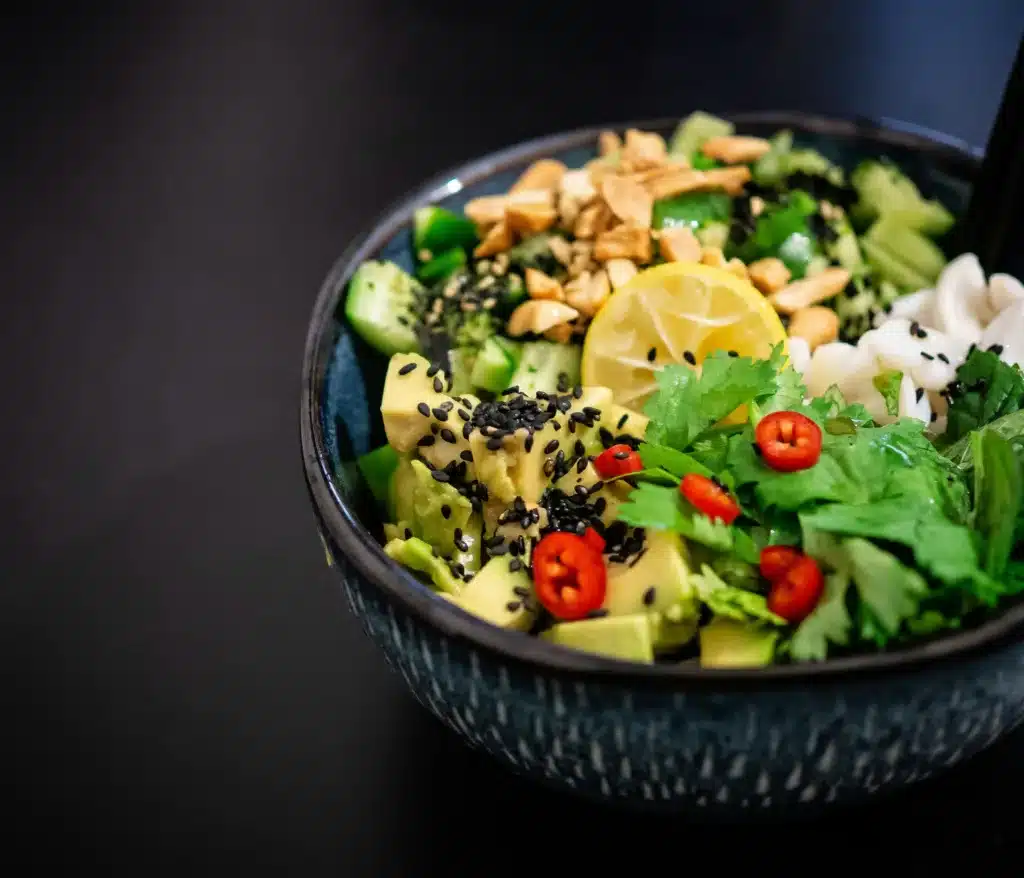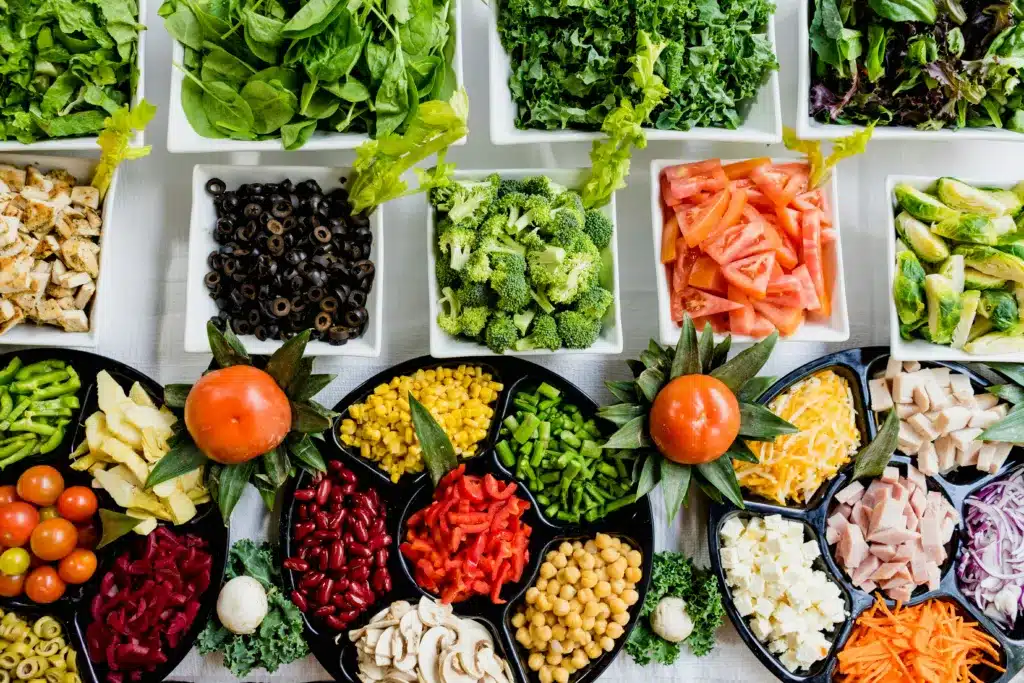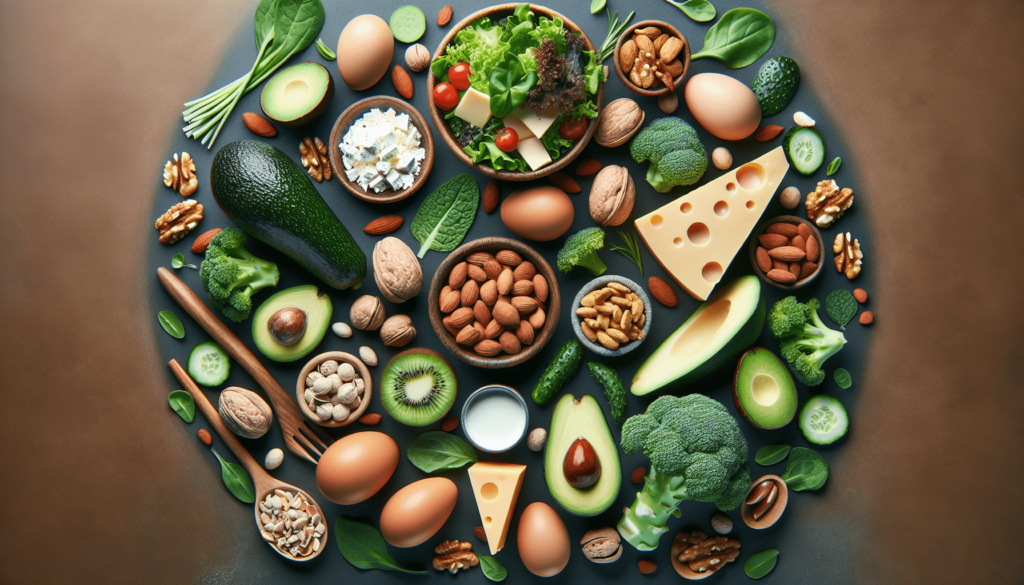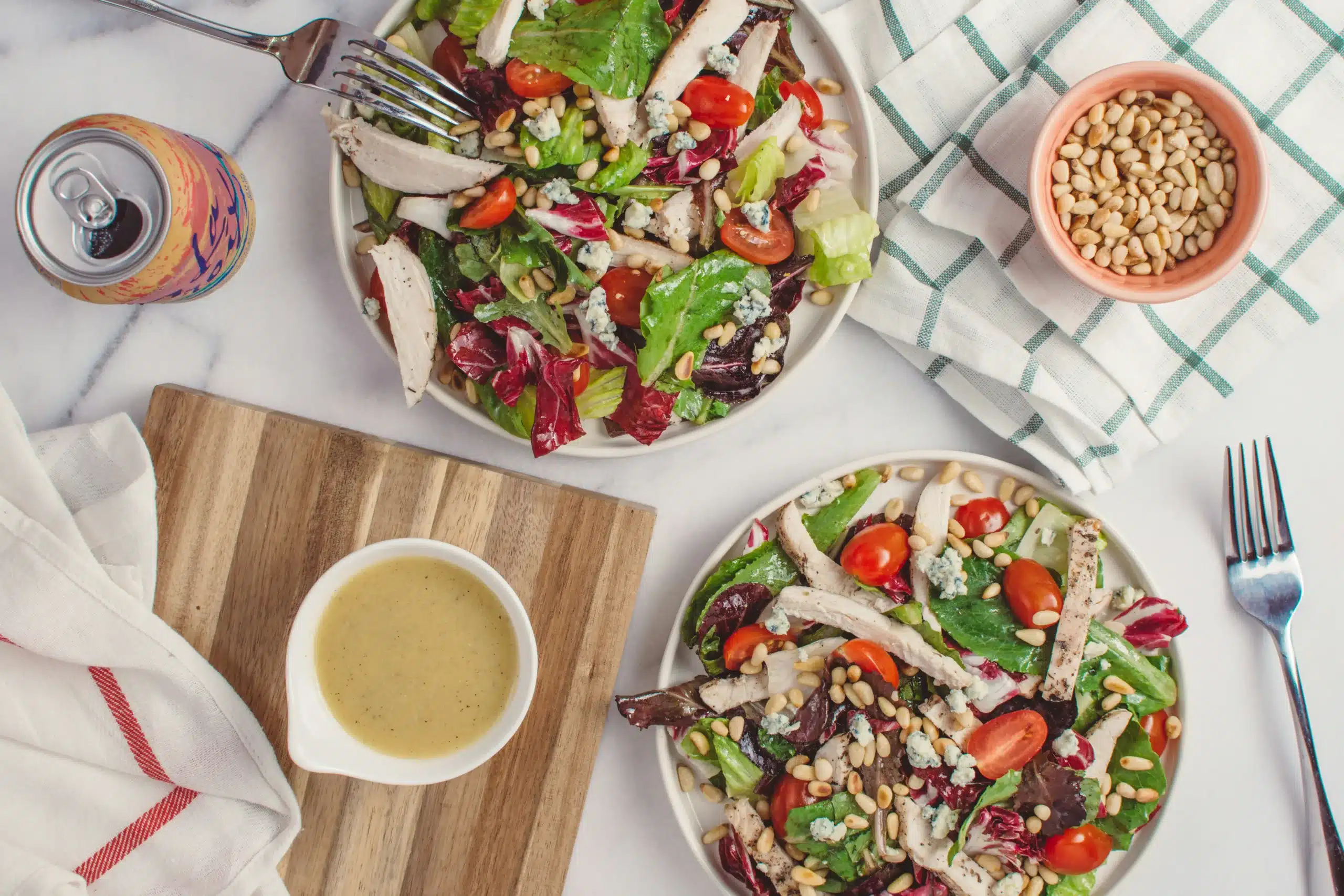Embarking on a journey into the ketogenic diet can feel like stepping into an entirely new world, especially if you’re new to the concept of counting macros and cutting carbs. “Starting Keto: The Essential Beginner’s Guide” is crafted with you in mind, offering a friendly companion as you navigate through this new dietary landscape. This guide is packed with essential tips, easy-to-understand explanations, and practical advice to ensure your transition into the keto lifestyle is as smooth and satisfying as possible. Let’s get you started on a path that many have found to be transformational, not just for their waistlines, but for their overall health and well-being.

Get your Free Keto Recipe eBook Now!
Understanding Ketosis
What is Ketosis?
Ketosis is a metabolic state wherein your body shifts from using carbohydrates for energy to burning fats. This process leads to the production of ketones, which are compounds that can be used by your body as a new source of fuel. When you significantly reduce your carbohydrate intake, your body has no choice but to turn to its fat stores for energy, thereby entering ketosis.
How Ketosis Works
Once your carbohydrate intake is low enough, usually below 50 grams a day, your body depletes its store of glucose (the simplest form of carbohydrate) and begins to break down fat for energy. This breakdown produces ketones in the liver, which can then be used by your muscles and brain for fuel. It’s a natural response to low food intake but can be intentionally induced by following a ketogenic diet.
Benefits of Ketosis
The benefits of ketosis are vast and varied. It promotes weight loss by burning fat for energy. It can also lead to reductions in blood sugar and insulin levels, which could help manage diabetes and other metabolic disorders. Many people report increased energy, improved mental clarity, and diminished cravings while in ketosis.
Risks and Considerations
While ketosis is generally safe for most people, it does come with certain risks and considerations. These include potential for nutrient deficiencies, Keto flu (a group of symptoms related to the body adjusting to ketosis), and possible strain on the kidneys. Always talk to a healthcare provider before starting a ketogenic diet, especially if you have pre-existing health conditions.
The Basics of a Keto Diet
What to Eat on a Keto Diet
You’ll want to focus on high-fat, low-carbohydrate foods. Think meats, fatty fish, eggs, butter, cheese, nuts, seeds, and healthy oils. Low-carb vegetables like leafy greens should also make up a large part of your diet to ensure you’re getting necessary nutrients.
Foods to Avoid
Foods high in carbohydrates should be limited. This includes sugary foods like sodas and desserts, grains and starches such as bread and pasta, and high-carb fruits like bananas and apples. Legumes and root vegetables are also typically too high in carbs for a keto diet.
Understanding Macros
Macros, or macronutrients, are fats, proteins, and carbohydrates. On a ketogenic diet, you’ll aim for a macronutrient ratio of about 70-75% fats, 20-25% protein, and 5-10% carbohydrates. This balance is key to entering and maintaining ketosis.
Calculating Your Daily Caloric Needs
Your daily caloric intake should be based on your age, gender, activity level, and weight loss goals. There are many calculators available online that can help you determine this. Remember, even on a keto diet, consuming more calories than you burn will inhibit weight loss.
Get your Free Keto Recipe eBook Now!
Planning Your Keto Meals
Creating a Keto Meal Plan
Start by planning your meals around your macros, making sure you hit your targets for fats, proteins, and carbs. A weekly meal plan can help keep you on track and simplify grocery shopping.
Keto-Friendly Recipes
There are countless keto-friendly recipes available that explore creative and delicious ways to enjoy low-carb dieting. From breakfast casseroles to keto breads and desserts, you’ll find recipes to satisfy any craving.
Meal Prep Strategies
Preparing your meals in advance can help you stay on track with your keto diet. Dedicate a day to cook and portion your meals for the week. This makes it easier to avoid non-keto temptations and monitor your macros.
Eating Out on a Keto Diet
When eating out, look for meals that focus on meats and vegetables. Avoid sauces and dressings high in sugar and carbs. Don’t be afraid to ask for modifications to your meal to make it keto-friendly.
Transitioning to a Keto Diet
Getting Started
Begin by reducing your carbohydrate intake and increasing your fat consumption. Clear out high-carb foods from your pantry and stock up on keto essentials. Make a meal plan to help ease the transition.
Managing Keto Flu
Keto flu can occur as your body adjusts to using fat for fuel. Symptoms include fatigue, headaches, and irritability. Staying hydrated, getting adequate electrolytes, and resting can help manage these symptoms.
Monitoring Your Progress
Track your intake of macros and calories, as well as changes in your body weight and measurements. This will help you gauge the effectiveness of your diet and make necessary adjustments.
Adjusting Your Diet as Needed
If progress stalls or you experience persistent discomfort, reevaluate your macros and caloric intake. Sometimes, small adjustments can make a significant difference in your results.

Supplements for Keto
Electrolytes and Hydration
Staying hydrated and maintaining electrolyte balance is crucial on a keto diet, especially in the beginning. Supplements like sodium, potassium, and magnesium can help prevent imbalances.
Exogenous Ketones
Exogenous ketones are supplements that can help induce ketosis more quickly. While not necessary, they can be helpful for those struggling to achieve ketosis through diet alone.
MCT Oil
MCT (Medium Chain Triglyceride) oil is a type of fat that can be quickly converted into ketones. Adding MCT oil to your diet can boost your energy and help maintain ketosis.
Important Vitamins and Minerals
A well-formulated keto diet should provide most of the vitamins and minerals you need. However, some people may benefit from supplementing with nutrients like Vitamin D, omega-3 fatty acids, and fiber.
Intermittent Fasting and Keto
Benefits of Combining Intermittent Fasting with Keto
Combining intermittent fasting with a keto diet can enhance weight loss, improve insulin sensitivity, and possibly lead to more significant improvements in health markers. The two strategies complement each other well, as both help to maintain and deepen ketosis.
Types of Intermittent Fasting
There are several approaches to intermittent fasting, including the 16/8 method (fast for 16 hours, eat during an 8-hour window), the 5:2 method (eat normally for 5 days, restrict calories to 500-600 for 2 day), and OMAD (one meal a day).
How to Start Intermittent Fasting
Start slowly by gradually extending the time between meals. Pay attention to your body’s signals, and don’t force yourself to fast if you feel ill or extremely uncomfortable. Make sure the meals you do eat are nutrient-dense and align with your keto macros.
Tips for Success
Stay hydrated during your fasting periods and consider supplementing with electrolytes. Plan your eating window to suit your lifestyle and when you feel most hungry.

Common Challenges and Solutions
Dealing with Cravings
Cravings can be a significant challenge when transitioning to a keto diet. Combat these by eating keto-friendly snacks that are high in fat and flavor. Over time, as your body adapts to ketosis, cravings typically diminish.
Social Events and Peer Pressure
Social events can present a challenge with tempting foods and peer pressure. Plan ahead by eating before you go or bringing your keto-friendly dishes. Don’t be afraid to politely decline food that doesn’t fit your diet.
Stalls in Weight Loss
If your weight loss stalls, reassess your calorie intake, macro distribution, and exercise routine. Sometimes, a small adjustment can kickstart progress again.
Digestive Issues
Digestive issues like constipation can occur due to reduced fiber intake on a keto diet. Ensure you’re eating enough low-carb vegetables and consider a fiber supplement if needed.
Monitoring and Adjusting Your Diet
Tracking Your Macros
Use a food tracking app or journal to record what you eat and ensure you’re staying within your macro limits. This can help you identify which foods work best for your diet and which to avoid.
Using Ketone Test Strips
Ketone test strips can help you confirm whether you’re in ketosis by measuring the amount of ketones in your urine. This can be especially helpful when you’re just starting out.
Listening to Your Body
Pay attention to how different foods and macro ratios affect your energy, mood, and hunger levels. Adjust your diet according to what makes you feel best.
Making Adjustments Based on Results
If you’re not seeing the results you want, or you’re experiencing negative side effects, it’s time to adjust your diet. This could mean tweaking your macros, changing your caloric intake, or altering your meal timings.

Keto for Special Populations
Keto for Vegetarians
A ketogenic diet is possible for vegetarians by focusing on low-carb vegetables, eggs, dairy products, and plant-based fats and proteins.
Keto for Athletes
Athletes may need to adjust their intake of macros to support higher levels of physical activity. This includes possibly consuming more protein and using targeted carbohydrate intake around workouts.
Keto and Pregnancy
Pregnant women should consult with their healthcare provider before starting keto, as nutritional needs are different during pregnancy.
Managing Chronic Conditions with Keto
Many people find that keto helps manage symptoms of chronic conditions like diabetes and epilepsy. Again, consultation with a healthcare provider is essential here.
Long-Term Maintenance on Keto
Staying Motivated
Staying motivated is key to long-term success. Setting realistic goals, celebrating successes, and having a support network can all help maintain your motivation.
Dealing with Plateaus
Hitting a plateau is common in any weight loss journey. Experiment with different aspects of your diet and lifestyle to find what helps you move past it.
Incorporating Non-Keto Foods
Over time, you may find it possible to incorporate small amounts of non-keto foods back into your diet, especially if you’re maintaining your weight or looking to increase carb intake for athletic performance.
Planning for the Future
As you adapt to a ketogenic lifestyle, consider how you’ll handle future challenges. Preparation and flexibility are key to maintaining your diet in the long term.

